
The powersports industry represents an exciting market full of passionate enthusiasts who love their motorcycles, ATVs, UTVs, snowmobiles, and personal watercraft. As the owner of an e-commerce PPC agency that's worked with numerous powersports clients, I've seen firsthand how digital marketing can transform parts and accessories businesses when done right. The key is understanding what makes riders tick and where they spend their time online. In this guide, I'll share proven strategies to help your powersports parts business connect with riders, drive traffic, and increase sales through effective digital marketing.
Before diving into marketing strategies, it's crucial to understand the market you're operating in. The powersports industry is substantial and growing steadily.
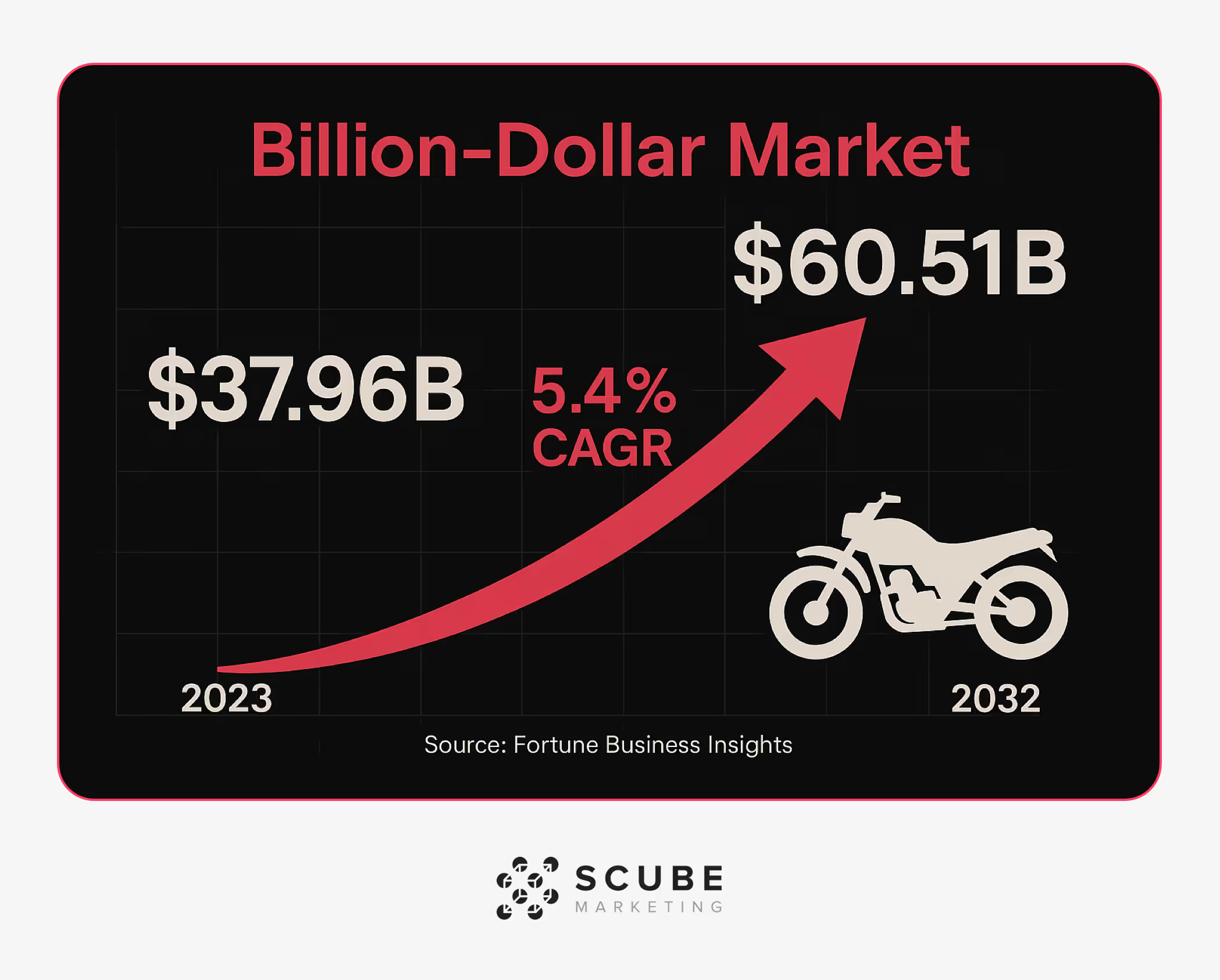
The global powersports market is experiencing impressive growth. According to Fortune Business Insights, the global powersports market was valued at $37.96 billion in 2023 and is projected to reach $60.51 billion by 2032, growing at a CAGR of 5.4%. (Source: Fortune Business Insights)
Let's examine how this market breaks down across different timeframes and research sources:
While there are slight variations in projections between research firms, the clear consensus is that the powersports market will continue its upward trajectory. This presents excellent opportunities for parts and accessories retailers who position themselves effectively in the digital space.
The powersports industry encompasses a diverse range of vehicles and activities. Understanding these segments helps target your marketing efforts more effectively:
Each segment has unique characteristics and customer needs, with ROVs (Recreational Off-Highway Vehicles) expected to lead market growth through 2032. (Source: Fortune Business Insights)
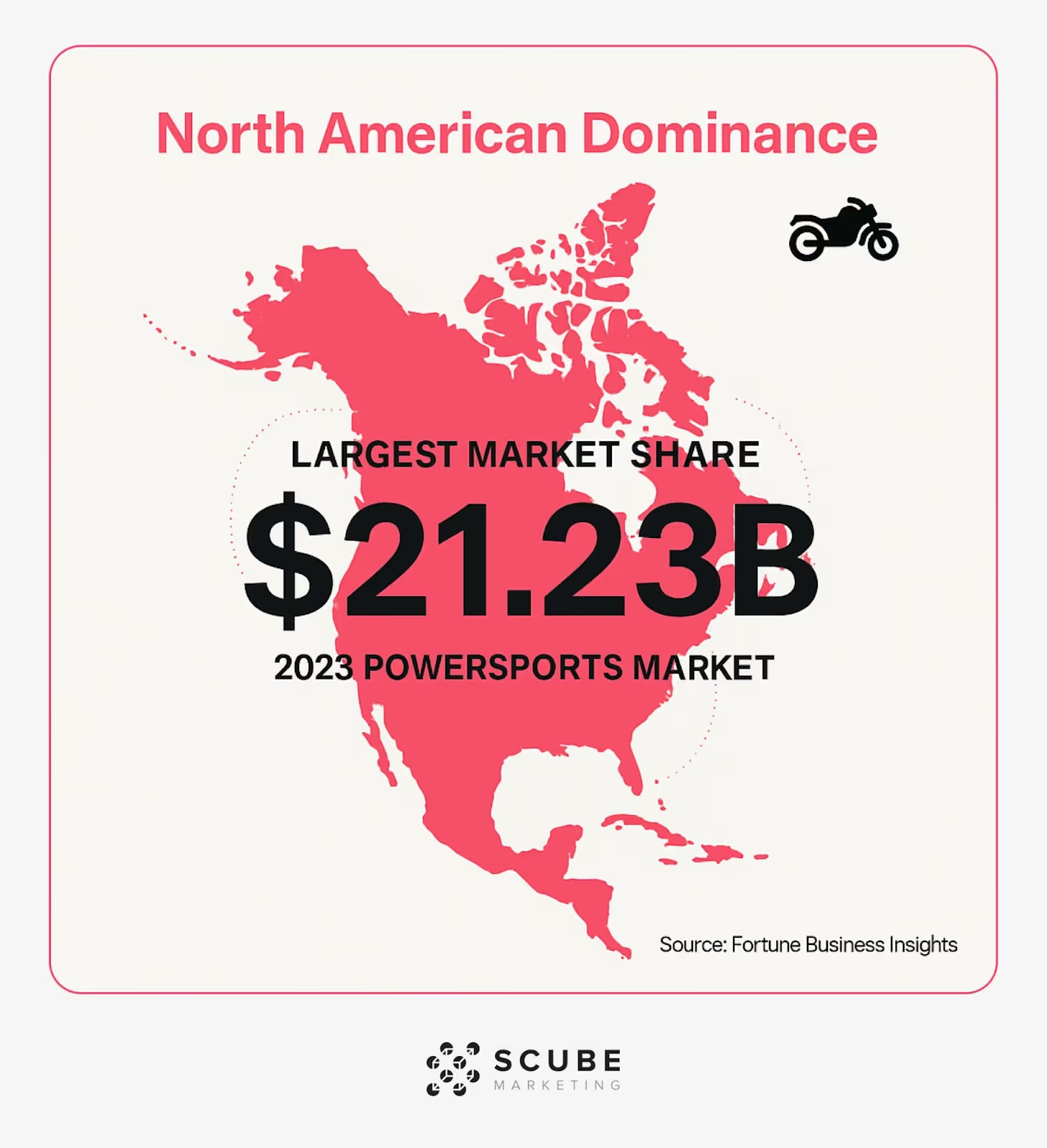
North America dominates the powersports market, holding the largest share at $21.23 billion in 2023. (Source: Fortune Business Insights) This regional strength makes it particularly attractive for parts and accessories retailers focusing on the U.S. and Canadian markets.
Several factors are driving growth in the powersports industry. There's rising interest in outdoor activities and health consciousness among consumers. (Source: Straits Research) The pandemic accelerated this trend, with many people discovering or rediscovering outdoor recreation options.
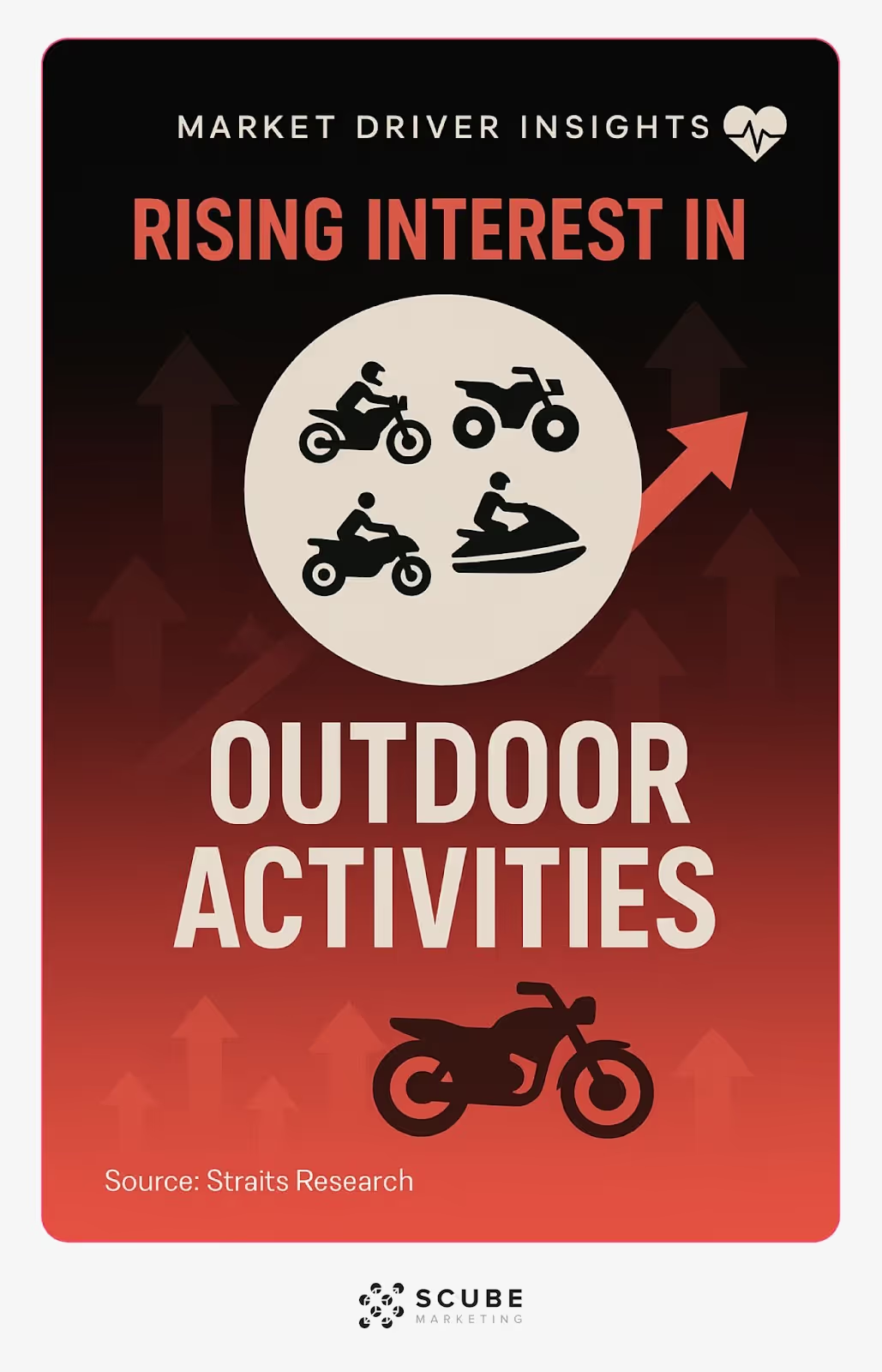
Technology is also playing a major role, with advancements in electric/hybrid engines and smart connectivity features changing how riders interact with their vehicles. (Source: Straits Research) This creates new opportunities for parts and accessories that complement these technological shifts.
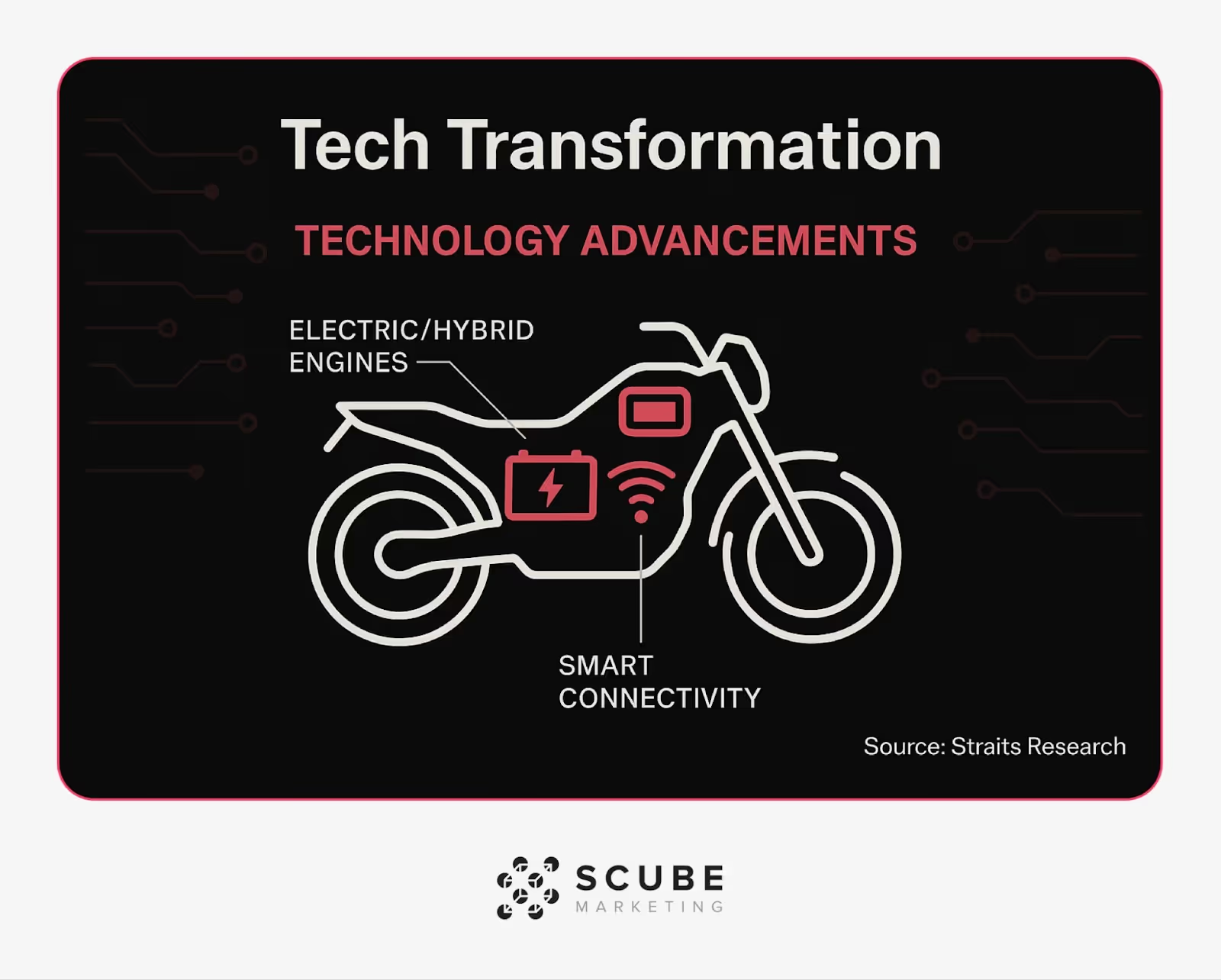
With market fundamentals looking strong, let's focus on establishing your digital foundation. Your online presence starts with a well-optimized website that speaks directly to powersports enthusiasts.
Your website is your digital showroom. For powersports parts retailers, certain elements are non-negotiable. Your site must load quickly, work flawlessly on mobile devices, and make it easy for riders to find exactly the parts they need.
I've seen many powersports parts websites suffer from the same issues: confusing navigation, poor search functionality, and inadequate product information. These problems frustrate riders and lead to lost sales.
Here are the essential website features for powersports parts retailers:
The product search functionality is particularly crucial. Riders need to quickly determine if a part is compatible with their specific vehicle. Implementing a year/make/model search filter should be a top priority if you haven't already.
Managing a powersports parts catalog can be challenging due to the vast number of SKUs and complex fitment data. Effective catalog management ensures riders can find the right parts while helping your site rank better in search results.
Consider these catalog management best practices:
If you're looking to sell powersports parts online effectively, proper catalog management isn't optional—it's essential for both user experience and search engine visibility.
Today's riders research parts while in their garage, at the dealership, or at riding events. Your website must perform flawlessly on mobile devices. Google's mobile-first indexing means your site's mobile performance directly impacts your search rankings.
I recommend focusing on these mobile optimization elements:
First, ensure you have responsive design that adapts to any screen size. Make all navigation and buttons touch-friendly for easy use. Simplify product filtering for smaller screens to avoid frustration. Prioritize quick load times even on cellular connections. Finally, design easy-to-complete forms that work well on mobile devices.
When evaluating your site's mobile performance, put yourself in the rider's boots. Can they easily find parts while standing next to their vehicle? Can they complete a purchase without frustration on a smartphone? These questions should guide your mobile optimization efforts.
With a solid website foundation in place, it's time to drive qualified traffic. Powersports parts retailers have several effective channels available, each with distinct advantages.
SEO remains one of the most cost-effective long-term strategies for powersports parts retailers. Riders actively searching for specific parts have high purchase intent, making organic search traffic extremely valuable.
For powersports SEO, focus on product page optimization with detailed specifications that match search queries. Implement technical SEO to ensure all pages are indexed properly by search engines. Create content that addresses common rider questions and problems they face. Develop local SEO if you have a physical location to attract nearby customers. Finally, build quality backlinks from relevant powersports websites and forums.
The key to powersports SEO is understanding how riders search. They often use specific terminology, part numbers, and vehicle-specific queries. Your content should align with these search patterns.
Wondering what PPC marketing can do for your powersports business? It's one of the fastest ways to drive qualified traffic. Unlike SEO, which takes time to build momentum, PPC can deliver immediate results.
For powersports parts retailers, Google Ads and Microsoft Advertising offer excellent opportunities to target riders actively searching for products. Shopping ads are particularly effective for parts, as they showcase your product image, price, and brand right in the search results.
A comprehensive PPC strategy should include:
In my experience working with powersports clients, PPC campaigns require regular optimization. Bidding strategies, ad copy, and landing pages should be continuously tested and refined for maximum performance.
Powersports enthusiasts are highly active on social media. They share riding photos, discuss modifications, and seek advice about parts and accessories. This creates excellent opportunities for targeted marketing.
Each platform offers unique advantages for powersports retailers:
The most successful powersports brands on social media focus on building community rather than just selling products. They share user-generated content, highlight customer builds, and provide valuable information that helps riders make the most of their vehicles.
I've found that effective use of Facebook ads can be particularly powerful for powersports businesses. The platform's detailed targeting options allow you to reach riders based on their specific interests, vehicle ownership, and behavior patterns.
Content marketing plays a crucial role in attracting and converting powersports enthusiasts. Unlike traditional advertising, content marketing focuses on providing value through information and entertainment.
Product content goes far beyond basic descriptions. For powersports parts, comprehensive content helps riders make informed purchasing decisions while improving your search visibility.
Effective product content should include detailed specifications and measurements that riders need to know. Provide clear compatibility information for specific vehicle makes and models to eliminate guesswork. Include installation instructions and difficulty level so buyers know what to expect. Highlight benefits and performance improvements to sell the value. Where applicable, compare with OEM parts to justify aftermarket purchases.
Don't underestimate the power of high-quality product photography. Riders want to see parts from multiple angles and, ideally, installed on vehicles. Video content demonstrating installation or performance can significantly increase conversion rates.
Video has become essential in the powersports industry. Riders often search YouTube for installation guides, product reviews, and performance demonstrations before making purchasing decisions.
Creating a consistent video strategy can set your powersports parts business apart from competitors. Consider these video content types:
Videos don't need Hollywood production quality—authenticity often matters more to riders than perfect lighting. Focus on providing clear, helpful information that showcases your expertise and product quality.
Riders trust other riders. User-generated content (UGC) leverages this trust by showcasing real customers using your products. Encouraging customers to share photos, videos, and reviews creates a powerful marketing asset.
Strategies for generating and leveraging UGC include creating branded hashtags for customers to use when sharing content on social media. Run photo contests for customers showing your parts installed on their vehicles. Feature customer builds on your website and social media channels to showcase real-world applications. Consider creating a rewards program for customers who share content featuring your products.
Customer reviews are particularly important for powersports parts. Detailed reviews that discuss fitment, installation difficulty, and performance provide valuable information for potential buyers while improving your product page SEO.
Attracting traffic is only half the battle—converting visitors into customers requires an optimized e-commerce experience. Building a successful aftermarket parts e-commerce business requires attention to both marketing and operations.
Cart abandonment is a common challenge for powersports retailers. Riders often research parts across multiple sites before making a final decision. Implementing effective abandonment reduction strategies can significantly improve your conversion rates.
Focus on these proven techniques:
Displaying trust signals throughout the checkout process is particularly important for powersports parts retailers. Security badges, return policy information, and guarantees help reassure riders about their purchase.
The checkout process is where many powersports parts sales are won or lost. A streamlined, user-friendly checkout experience can significantly improve your conversion rates.
Consider these checkout optimization strategies:
For powersports retailers selling high-ticket items, offering financing options can be particularly effective. Many riders are willing to upgrade to premium parts when affordable monthly payments are available.
Shipping and return policies heavily influence purchasing decisions for powersports parts. Clear, customer-friendly policies can provide a competitive advantage and build trust with riders.
Effective shipping strategies include offering free shipping thresholds that encourage larger orders from price-conscious shoppers. Provide multiple shipping speed options to meet different customer needs and urgency levels. Give accurate delivery time estimates based on customer location to set proper expectations. Send real-time tracking information via email and text to reduce anxiety about deliveries. Use protective packaging appropriate for valuable parts to ensure safe arrival.
Return policies are equally important, especially for parts where fitment might be an issue. Being transparent about shipping and returns builds trust with riders and reduces pre-purchase anxiety, leading to higher conversion rates.
Marketing decisions should be guided by data rather than hunches. Implementing proper analytics and testing methodologies allows you to continuously improve your marketing performance.
For powersports parts retailers, certain KPIs provide crucial insights into marketing performance and customer behavior. Tracking these metrics helps identify opportunities for improvement and optimization.
Here's a breakdown of the most important metrics to monitor:
Segment these metrics by marketing channel, device type, and customer type (new vs. returning) to gain deeper insights. This granular view helps identify specific areas for improvement in your marketing strategy.
With the automotive aftermarket continuing to grow at impressive rates, powersports retailers need to position themselves effectively with the right analytics tools. Several analytics platforms provide valuable insights for powersports parts retailers.
Google Analytics 4 provides core website analytics and user behavior tracking essential for understanding your site performance. Google Search Console offers SEO performance data and identifies technical issues affecting visibility. Heatmap tools like Hotjar provide visual user behavior analysis showing how visitors interact with your pages. Your e-commerce platform's native analytics deliver sales and inventory insights specific to your business. Social media analytics help track engagement and content performance across platforms.
Integrating these tools provides a comprehensive view of your marketing performance. The key is not just collecting data but using it to drive actionable improvements to your strategy.
Continuous testing and optimization separate successful powersports marketers from the competition. Implementing a structured testing program allows you to refine your approach based on real customer behavior.
Common testing areas for powersports retailers include A/B testing product page layouts and content to determine what drives more conversions. Test different pricing strategies and promotions to find what motivates purchases. Compare various advertising messages and creative approaches to identify what resonates with riders. Evaluate different shipping thresholds and options to optimize for both sales and margins. Test email marketing subject lines and content to improve open and click-through rates.
When conducting tests, focus on one variable at a time and ensure you have sufficient traffic to achieve statistical significance. Document your results carefully to build a knowledge base that informs future decisions.
The powersports industry is evolving rapidly, with both vehicle technology and marketing approaches changing. Staying ahead of these trends gives retailers a competitive advantage.
Several technologies are reshaping how powersports parts are marketed and sold online:
Early adoption of these technologies can differentiate your powersports parts business and create competitive advantages that are difficult for competitors to replicate quickly.
Rider expectations and behaviors continue to evolve. Understanding these changes helps powersports retailers stay relevant and meet customer needs.
We're seeing increased demand for detailed product information and specifications from today's more research-oriented buyers. Riders now expect seamless omnichannel experiences between online research and offline purchases. There's a growing preference for mobile shopping and research even for complex parts purchases. Many consumers show rising interest in sustainability and ethical manufacturing practices. Personalized shopping experiences and recommendations are becoming expected rather than exceptional.
Adapting your marketing strategy to these changing behaviors ensures your powersports parts business remains aligned with customer expectations.
The powersports industry itself is undergoing significant transformation. Several trends are reshaping the landscape for parts and accessories retailers.
Electric vehicle adoption is creating entirely new parts categories and opportunities. We're seeing increased emphasis on technology integration with vehicles creating demand for compatible accessories. Supply chain challenges are driving inventory management innovation among successful retailers. More manufacturers are exploring direct-to-consumer selling models. The industry is experiencing consolidation among major powersports retailers and distributors.
These shifts create both challenges and opportunities. Retailers who proactively adapt their digital marketing strategies to address these changes will be best positioned for long-term success.
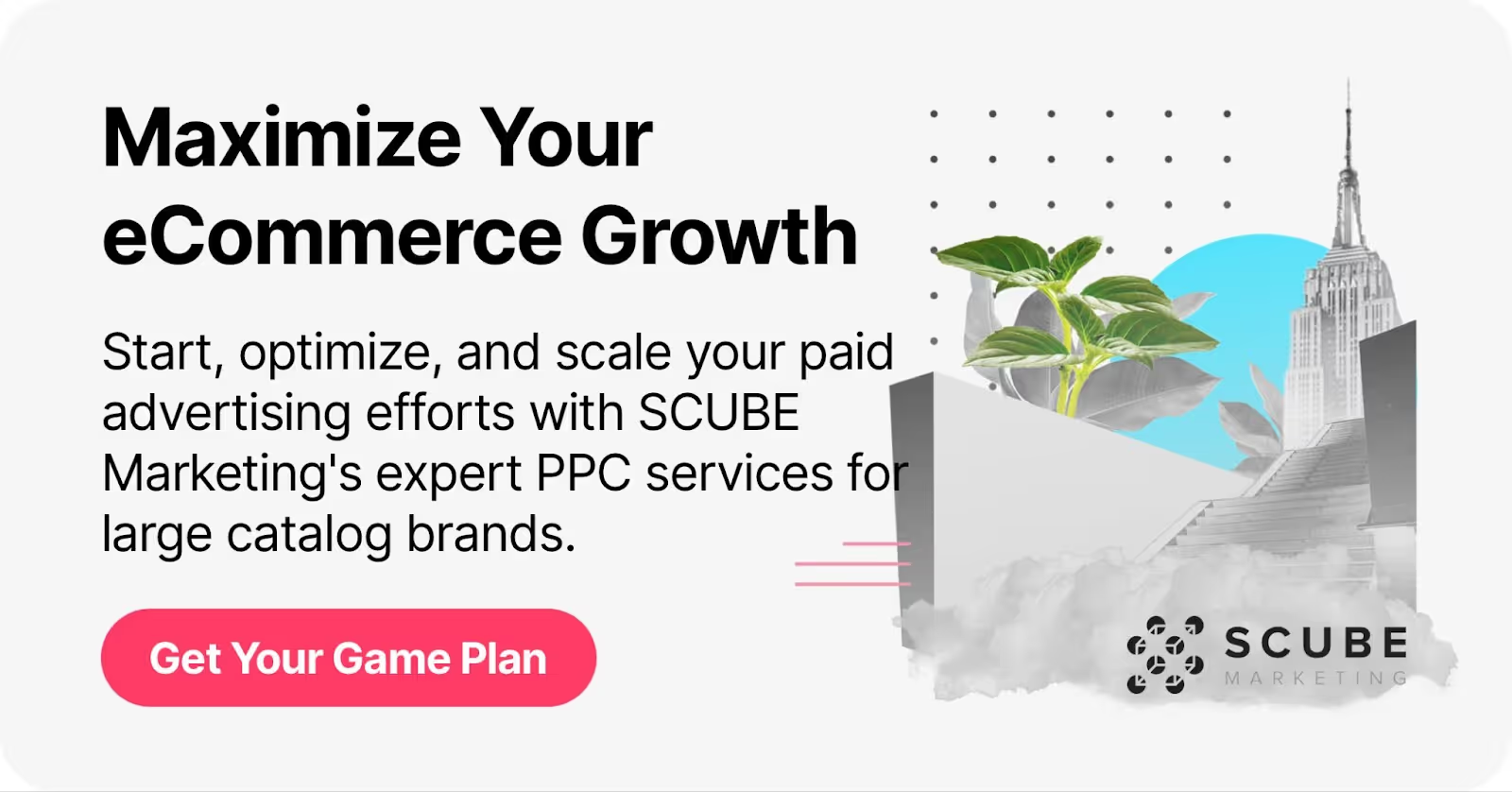
Effective digital marketing for powersports parts and accessories requires a strategic approach that combines technical expertise with deep understanding of rider behavior. By implementing the strategies outlined in this guide, you'll be well-positioned to attract more qualified traffic, convert visitors into customers, and build lasting relationships with powersports enthusiasts.
If you're looking to grow your powersports parts business, implementing an effective e-commerce strategy is essential. The combination of solid fundamentals with continuous optimization will help you stand out in this competitive but rewarding market.
Remember that digital marketing success doesn't happen overnight—it requires consistent effort, testing, and refinement. Start with the foundations, measure your results, and continuously improve your approach based on data. Your powersports parts business will benefit from this methodical, strategic approach to reaching riders online.